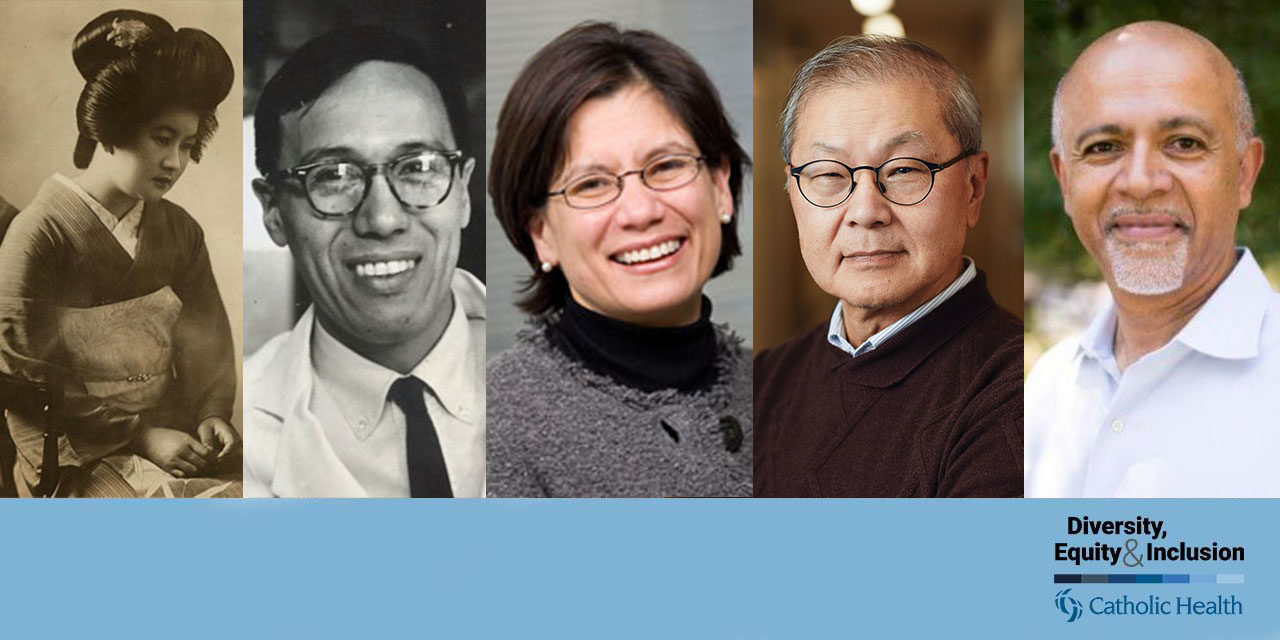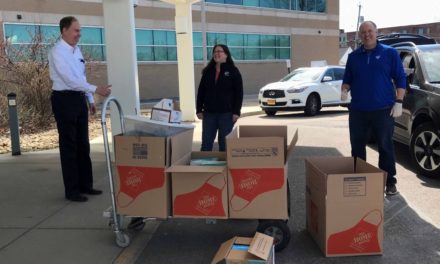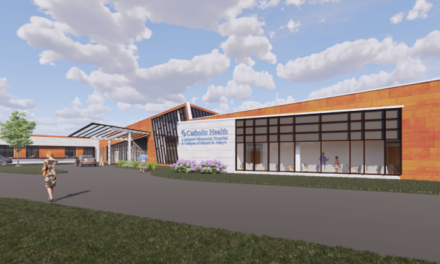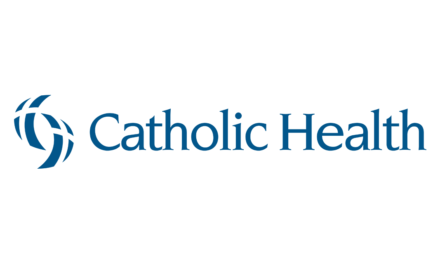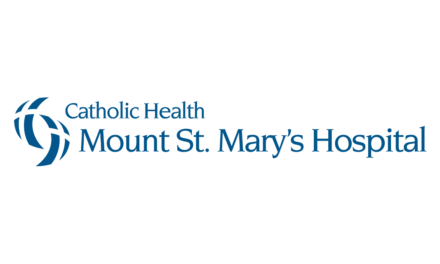*Pictured above from left to right: Dr. Kazue Togasaki, Dr. Richard Kekuni Akana Blaisdell, Dr. Katherine Luzuriaga, Dr. David Ho, and Dr. Abraham Verghese
During Asian American and Pacific Islander Heritage Month, we are proud to honor the pioneers who have made extensive contributions both in medicine and to the healthcare of Americans. As we celebrate these individuals, we pay tribute to the men and women of Asian and Pacific Islander heritage who were instrumental in shaping modern medicine.
Asian American and Pacific Islanders Defining Modern Medicine
These are just some of the doctors who have defined our modern medical practices:
- Kazue Togasaki, MD (June 29, 1897 – December 15, 1992) – Dr. Togasaki was one of the first Japanese-American women to become a doctor in the United States. In 1906, she survived the Great San Francisco Earthquake and began volunteering at the local hospital to treat wounded survivors. She received her medical degree in 1933 and began practicing obstetrics. However, following the bombing of Pearl Harbor, she was soon moved to a camp designated for people of Japanese descent. While there, Dr. Togasaki established a medical facility to help sick residents, and delivered 50 babies within her first month. Despite facing adversity, racism, and hardship, Dr. Togasaki continued to care for her community and be an inspiration for Asian American women in the medical field. In 1970, Dr. Togasaki was named the “Most Distinguished Woman of 1970” by the San Francisco Examiner, and delivered over 10,000 babies during her illustrious career.
- Richard Kekuni Akana Blaisdell, MD (March 11, 1925 – February 12, 2016) – Dr. Blaisdell was the professor emeritus of medicine at the University of Hawai’i at Manoa and longtime advocate of prioritizing the healthcare of Native Hawaiians. Dr. Blaisdell served in the U.S. military during World War 2 overseas in Japan, studying the after effects of radiation among the residents of Nagasaki and Hiroshima who were exposed to the atomic bombings. He was also an expert in hematology and pathology. In 1983, Dr. Blaisdell published his findings on the decline of Native Hawaiians health, which led to the passing of the Native Hawaiian Health Care Improvement Act. The act provides health care services, disease prevention and comprehensive care to Native Hawaiians that are tailored to be culturally appropriate to their respective island communities.
- David Ho, MD (November 3, 1952 – )– Dr. Ho is a Taiwanese-American physician and virologist who pioneered the treatment of HIV/AIDS. Through Dr. Ho’s research, he proved that not only was the AIDS virus not dormant as previously thought, but that upon entering the bloodstream it quickly replicated. Medication at the time was reserved only for patients who began exhibiting symptoms, but thanks to Dr. Ho’s discovery, the “drug cocktail” that slows the spread of AIDS was invented and provided to patients upon diagnosis.
- Abraham Verghese, MD (May 30, 1955 – ) – Dr. Verghese is an Indian-American physician who witnessed the AIDS epidemic firsthand while working in Tennessee in the 1980s. During this time, little could be done for infected patients. Dr. Verghese saw many painful and premature deaths as a result, which led him to advocate for better patient-physician relationships by demonstrating empathy when diagnosing a patient. Because there were no treatment options available at the time, Dr. Verghese championed expressing understanding and empathy to these patients as a form of “healing”. Dr. Verghese’s pursuit of bedside medicine has shaped the modern day patient-care model. He is now a distinguished speaker on the subject, and tenured professor at the Stanford University School of Medicine.
- Katherine Luzuriaga, MD (1957 – ) – Dr. Luzuriaga is a Filipino-American physician-scientist, whose research discovered a breakthrough that could cure newborns of AIDS when the HIV virus is transmitted from their mother during birth. In 2013, Dr. Luzuriaga was named one of Time Magazine’s 100 most influential people in the world for her contributions to modern medicine.
Shaping Future Generations
It is important to recognize these Asian Americans, Native Hawaiians and Pacific Islanders, who without their perseverance, resilience and contributions to medicine, we would not have these breakthrough treatments today.
By shining a light on these individuals and commemorating the history they’ve created, we can inspire other professionals of Asian and Pacific Islander heritage to follow in their footsteps. We celebrate these medical professionals who have paved the way for others, and look forward to what the next generation of trailblazers and medical pioneers will discover.

